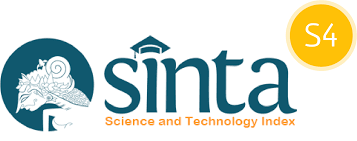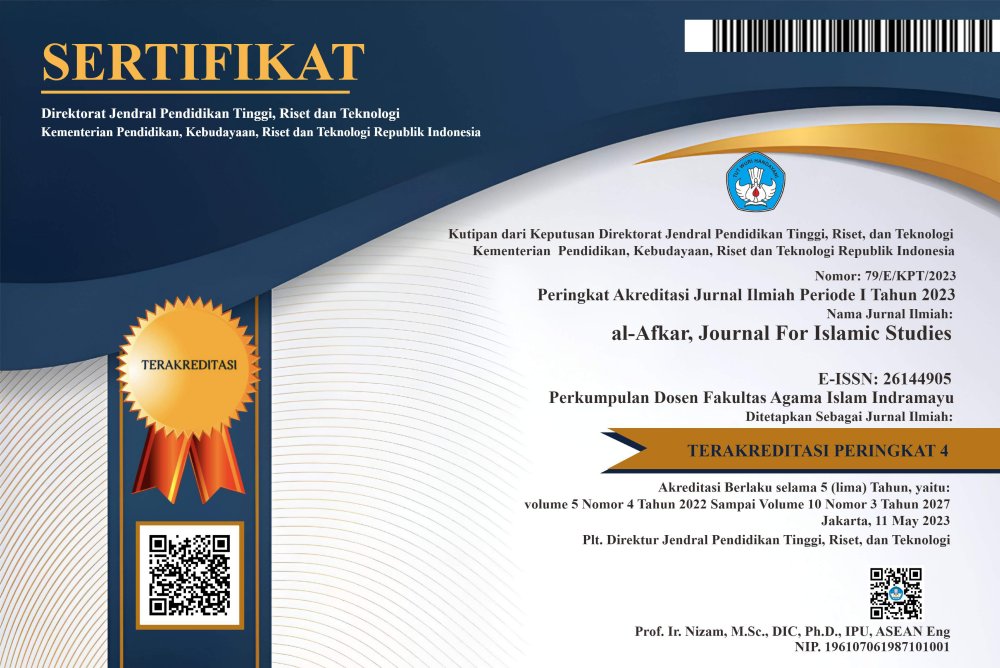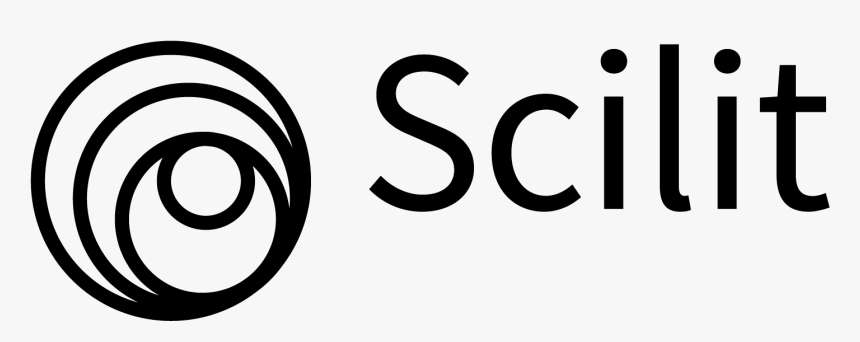Comparative Analysis of the Monetary Policies of the Islamic State of Iran and Pakistan
DOI:
https://doi.org/10.31943/afkarjournal.v7i2.970Keywords:
Comparison, Monetary Policy, Iran, PakistanAbstract
This research intends to analyse comparatively the monetary policy in Iran and Pakistan. The object of this research is the Islamic countries of Iran and Pakistan. This research is a descriptive-analytical research with qualitative research, which is a research procedure that produces descriptive data in the form of written words from people and observed behaviour, supported by literature studies. The results of this study indicate that monetary policy in Iran and Pakistan as Islamic countries, both apply Sharia-based monetary, but also opened monetary services to accommodate a number of general, commercial and or conventional economic transactions. This shows that both Iran and Pakistan apply monetary governance that is committed to Islamic law, but is inclusive of conventional ones even though it cannot dominate them. Monetary governance in both countries plays a more direct role in economic growth, not as an effective moderator of government economic policy.
Downloads
References
Asturi. Wulan, (2013). Pengaruh Instrumen Moneter Syariah dan Ekspor Terhadap Pertumbuhan Ekonomi di Indonesia, Jurnal Al-Iqtishad, Vol. V, No. 2 Edisi Juli 2013.
Undang-Undang Bank Sentral Republik Islam Iran (1972), Mengatur tugas, tanggung jawab, dan struktur organisasi Bank Markazi sebagai bank sentral Iran.
M. A. Choudhary et al. (2015). An estimation of the extent of Islamic banking in Iran. International Journal of Islamic and Middle Eastern Finance and Management.
Penelitian ini membahas perkembangan perbankan syariah di Iran pasca revolusi Islam.
S. H. Mirshojaeian & H. S. K. Obidollah (2013). Theoretical and Practical Review of Iran's Central Banking System. Kuwait Chapter of Arabian Journal of Business and Management Review.
Artikel ini menganalisis secara komprehensif struktur, kewenangan, operasi dan kebijakan Bank Markazi. Bank for International Settlements (2009). Issues in the Governance of Central Banks.
Publikasi BIS mengulas isu tata kelola bank sentral di berbagai negara termasuk Iran.
Bank Sentral Republik Islam Iran. Struktur Organisasi Bank Markazi.
Website resmi Bank Markazi yang menjelaskan gambaran umum tugas dan struktur organisasi bank sentral.
Berikut ini beberapa referensi jurnal dan buku terkait pembahasan artikel "Kebijakan Moneter di Negara Islam Iran dan Pakistan":
Sukmana, R. dan H. Yumanita. (2010). “Comparing The Implementation of Islamic Monetary Policy in Malaysia, Indonesia and Pakistan.” Journal of Islamic Monetary Economics and Finance.
Pratama, Y.C. (2015). “Structural Model of Maqasid Sharia Index and Monetary Policy in Indonesia and Pakistan.” Al-Iqtishad: Jurnal Ilmu Ekonomi Syariah.
Ahmada, Z. dan A.S. Shaikh. (2017). “Impact of Policy Rate on Bank Deposit and Lending Rates in Pakistan.” Journal of Finance & Banking Studies.
Widodo, H. (2012). “Comparative Study of Islamic Monetary Policy Implementation: Case of Iran and Pakistan.” Esensi: Jurnal Bisnis dan Manajemen.
Hira, T.K. dan K.A. Zaidi. (2021). Money and Banking Systems in Iran and Pakistan: Operations, Policies and Islamic Alternatives. Springer Nature.
Karshenas, M. dan P. Mavrotas. (eds) (2006). Economic Liberalisation and Privatisation in Iran: The International Dimension. SOAS/University of London.
Sukirno. Sadono, (2015) Makro Ekonomi: Teori Pengantar, Edisi Ketiga, Jakarta: PT. Raja Grafindo Persada.
Downloads
Published
How to Cite
Issue
Section
License
Copyright (c) 2024 Asep Dadang Hidayat, Yadi Janwari, Sofyan Al-Hakim

This work is licensed under a Creative Commons Attribution 4.0 International License.



















